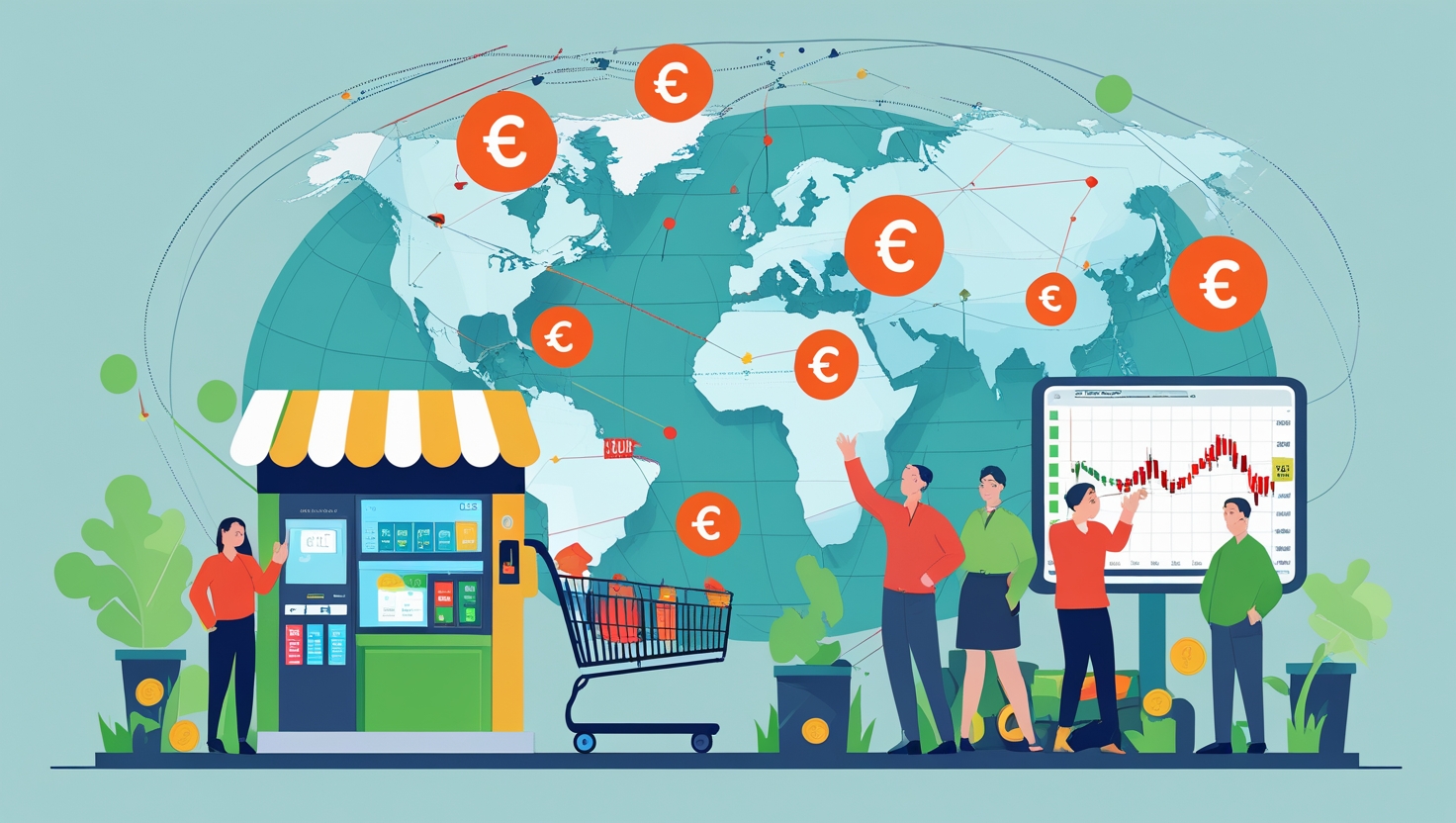In our busy modern lives, many of us spend most of our time indoors — at work, at home, in cars, or on our devices. As a result, we’ve become disconnected from something essential: nature. But the good news is, you don’t need to go camping or hike in the woods to enjoy nature’s benefits. You can bring the outdoors inside and enjoy a more peaceful, refreshing, and healthy lifestyle right from your living space.
Let’s explore how to reconnect with nature — and how to invite it into your home, one simple step at a time.
Why Nature Matters
Nature has powerful effects on our mental and physical well-being. Studies show that being around greenery can reduce stress, improve focus, lift your mood, and even help you sleep better. Fresh air, natural light, and calming scenery all play a role in making us feel more balanced and energized.
But even if you live in a city or spend most of your time indoors, there are still many ways to reconnect with the natural world.
1. Add More Houseplants
One of the easiest and most effective ways to bring nature into your home is with houseplants. Plants not only brighten up a room but also improve air quality and create a calming atmosphere.
Great beginner-friendly options include:
-
Snake plant
-
Pothos
-
Spider plant
-
Peace lily
-
Succulents
Don’t worry if you don’t have a green thumb — many indoor plants require very little care. Just a bit of sunlight and the occasional watering can go a long way.
2. Let Natural Light In
Sunlight boosts your mood and helps regulate your body’s natural sleep cycle. Open your curtains during the day and let that light flood your space. If your windows don’t bring in much sun, consider using mirrors to reflect light or switching to “daylight” LED bulbs that mimic the look of natural sunlight.
You can also rearrange your furniture to sit closer to the windows and enjoy the view outside.
3. Use Natural Materials in Your Decor
Bringing nature indoors isn’t just about plants — it’s also about using textures and materials that come from the earth. Swap out plastic or synthetic items with natural materials like:
-
Wood
-
Stone
-
Bamboo
-
Cotton
-
Wool
-
Linen
Wooden furniture, a stone vase, a woven rug, or cotton throw pillows can all help create a grounded, peaceful feel in your home.
4. Add Natural Scents
Scents from nature can instantly transport your mind outdoors. Use essential oils, natural candles, or incense to fill your space with fresh aromas like:
-
Lavender (calming)
-
Eucalyptus (refreshing)
-
Citrus (energizing)
-
Pine (woodsy and grounding)
Just make sure to choose natural products without artificial chemicals for a healthier environment.
5. Bring in Natural Sounds
Sound is a powerful tool for connection. The sound of rustling leaves, ocean waves, rain, or birdsong can help reduce anxiety and promote relaxation.
Try playing nature sounds in the background while you work or relax. You can find playlists and apps that play nature recordings or ambient forest tracks. These sounds are perfect for meditation, sleeping, or simply creating a calm atmosphere.
6. Create a “Nature Nook”
Designate a small space in your home as your nature zone — a cozy corner filled with plants, natural light, comfy seating, and calming decor. Use this space for reading, journaling, meditating, or simply taking a break from screens and stress.
This little sanctuary can remind you to slow down, breathe deeply, and stay grounded.
7. Display Natural Art or Photos
If you can’t be outside as much as you’d like, try surrounding yourself with visual reminders of nature. Hang photos or paintings of landscapes, forests, oceans, or mountains. You can also frame pressed flowers or leaves for a creative and personal touch.
Nature-themed art can trigger the same calming effect as actually being outdoors.
8. Use Earthy Colors
Colors can shape the way we feel in a space. To feel more connected to nature, decorate with soft greens, blues, browns, and warm neutrals. These colors are relaxing to the eyes and remind us of trees, water, soil, and sky.
Even a few new pillows or a throw blanket in earth tones can make a big difference in how your home feels.
Conclusion: Nature Is Closer Than You Think
Reconnecting with nature doesn’t require a big lifestyle change or a move to the countryside. By making small changes in your environment — adding a plant, letting in sunlight, listening to bird songs — you can bring the peace, beauty, and healing of nature right into your daily life.
So take a deep breath, look around your space, and ask yourself: how can I bring more of the outdoors in? You might be surprised how much better you feel when you do.









